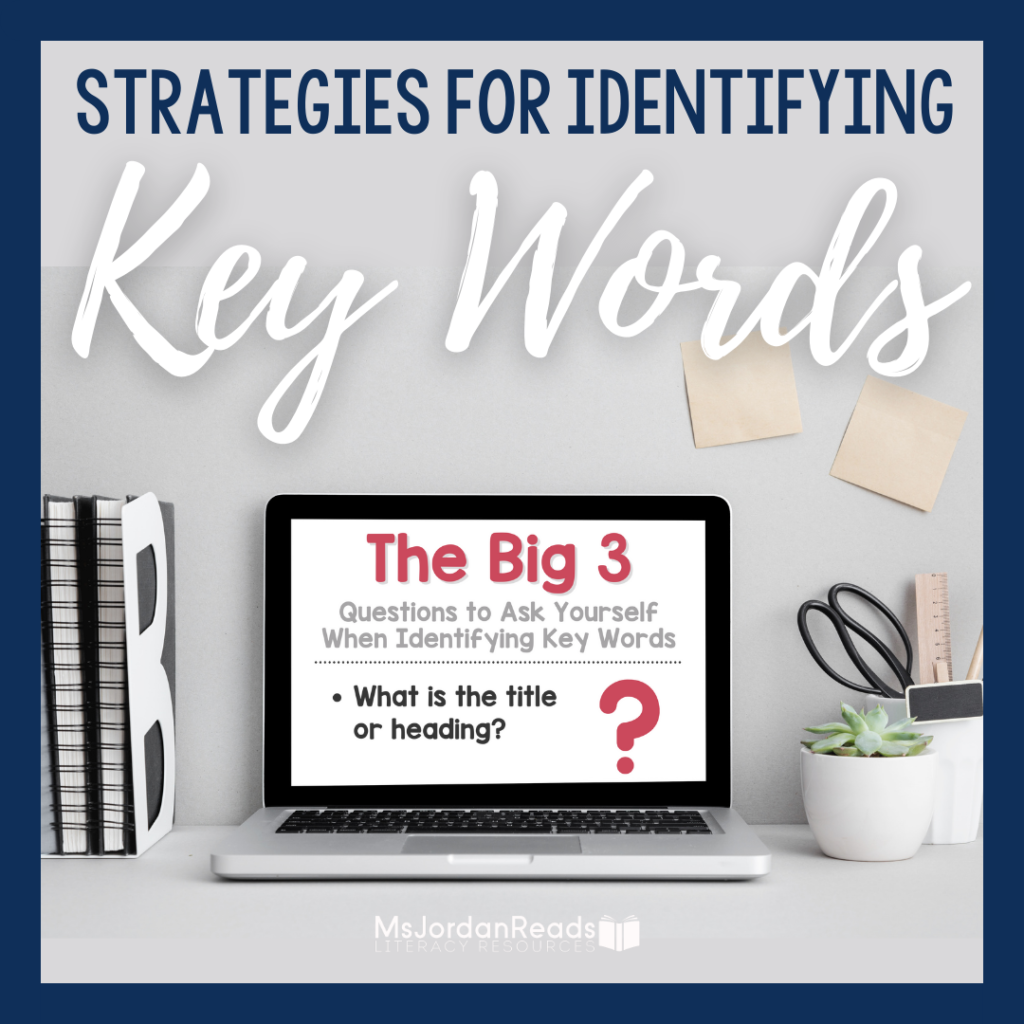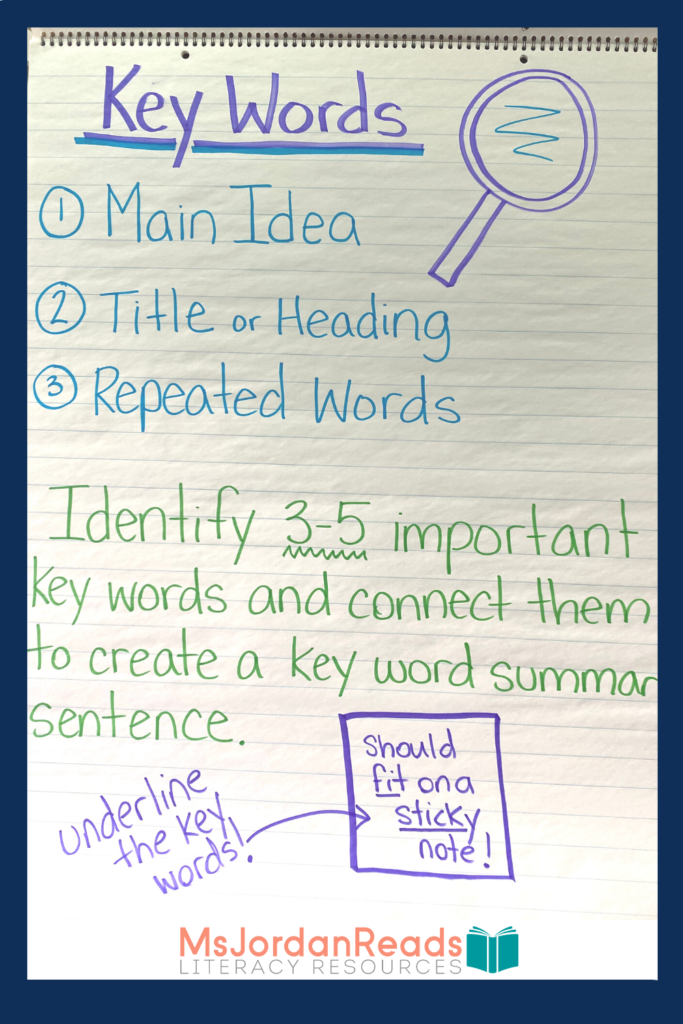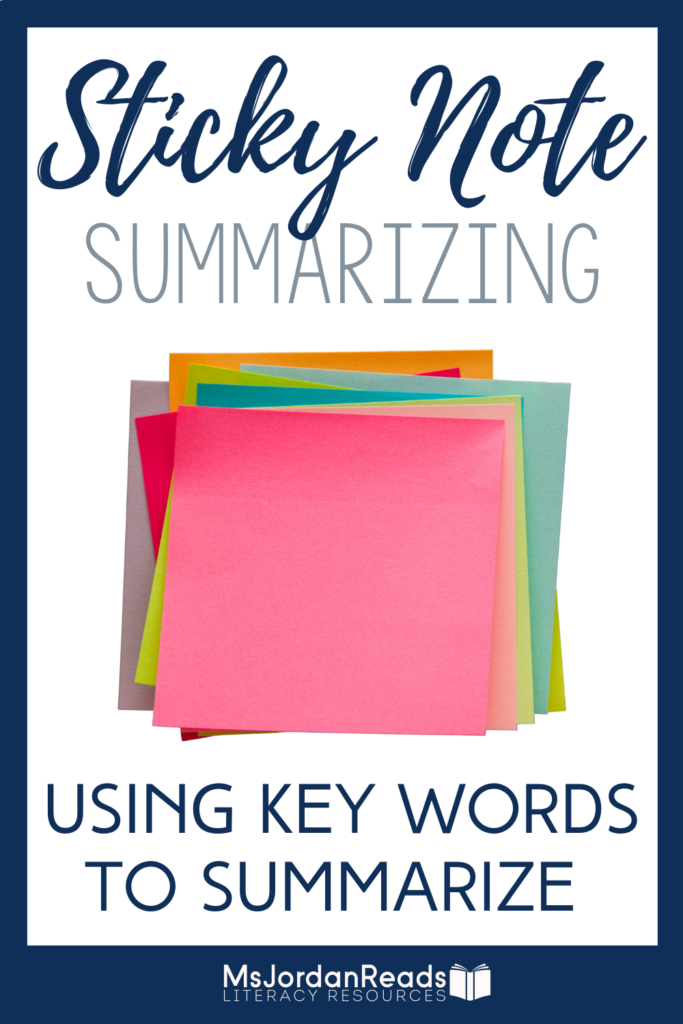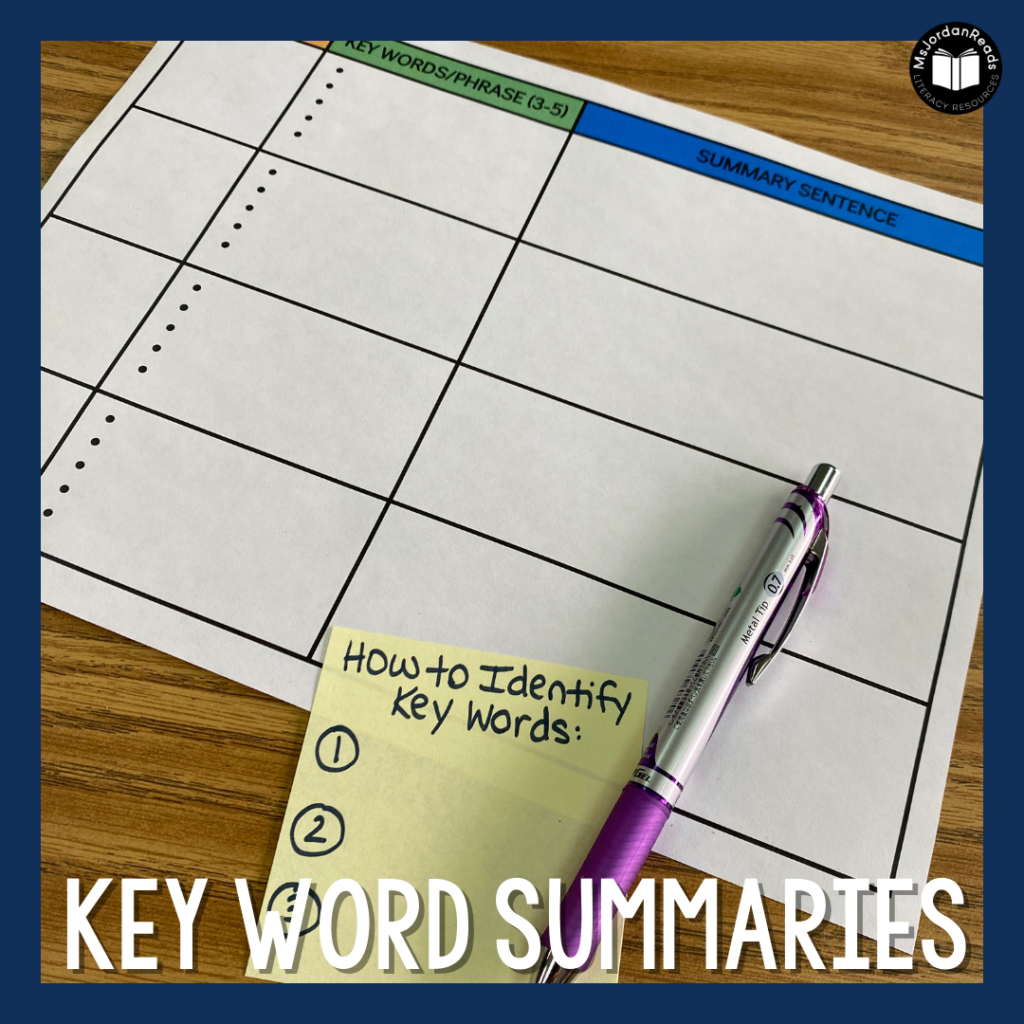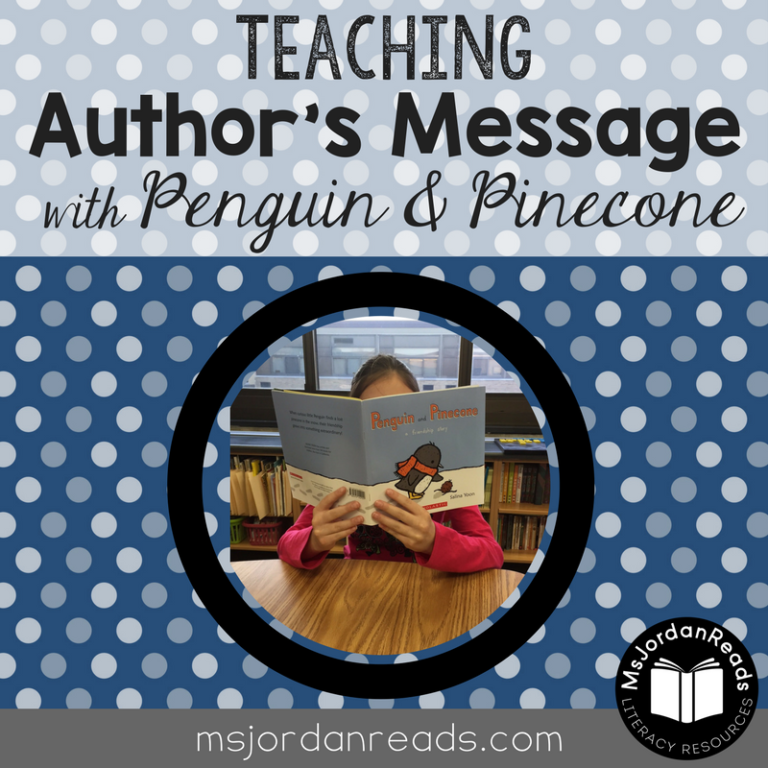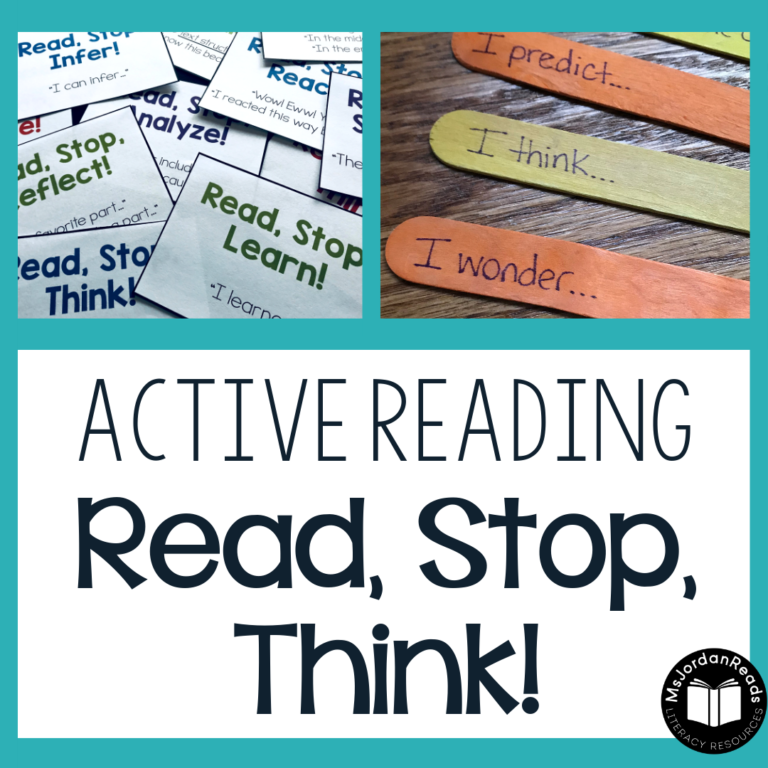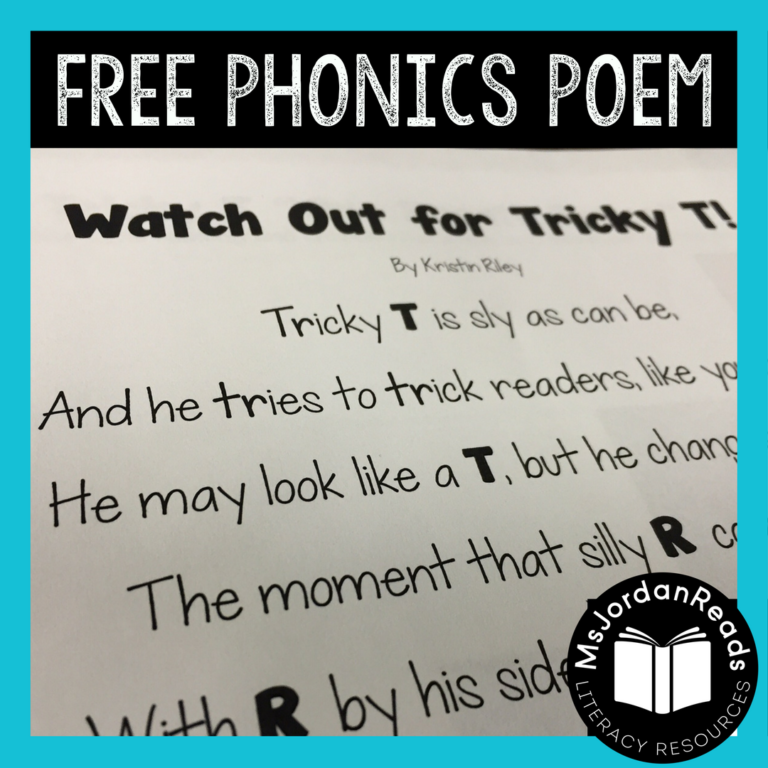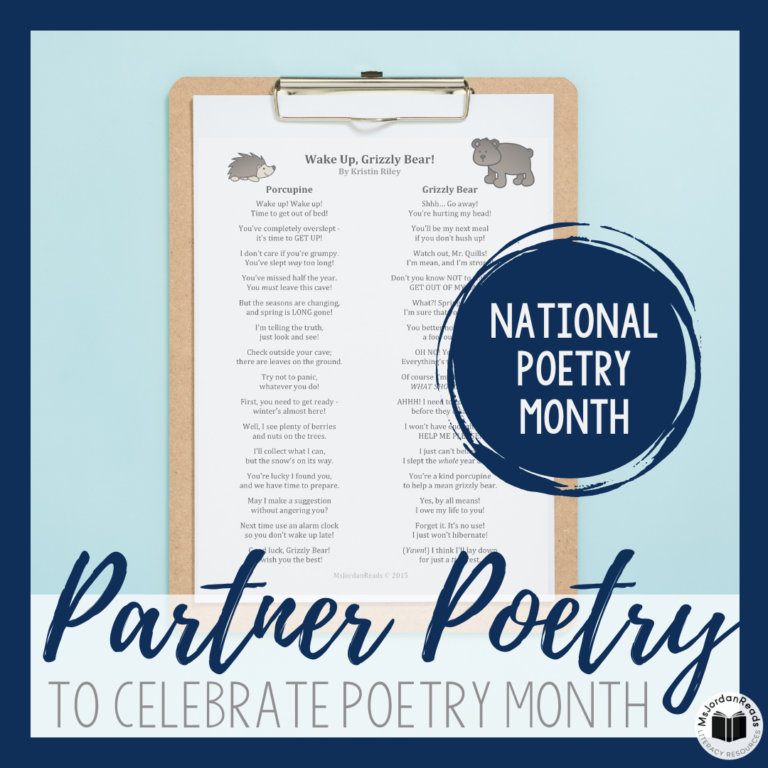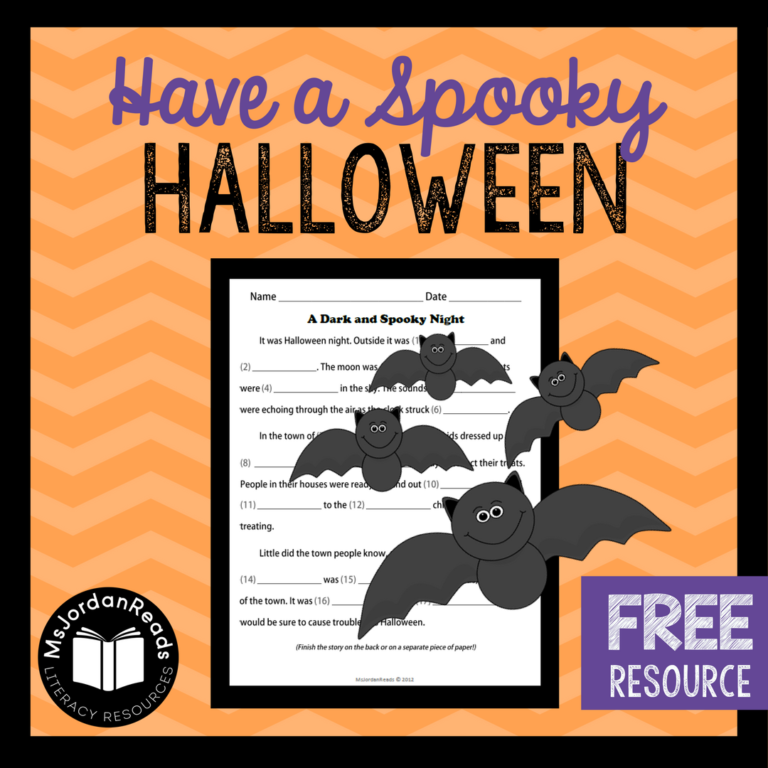Using Key Word Summaries to Identify Important Information in a Text
Summarizing non-fiction involves analyzing an informational text and applying higher level thinking skills to identify main ideas, determine importance, and synthesize ideas. Students have to think beyond the text and demonstrate understanding by identifying key words and phrases and putting them together in a text summary using their own words. The focus is on the most important facts or ideas of a text.
Unlike a retell, a non-fiction summary should only include the main idea, as well as key words and important supporting details that are essential to understanding the text. For many students, text summaries quickly become text retells, so it’s important to teach students how to effectively summarize a text. One way to do this is by introducing “key word summaries.”
Introducing Key Word Summaries
Key word summaries are an effective way for students to practice summarizing non-fiction texts. With explicit teaching and guided practice, students can learn how to identify important key words and summarize an expository text using just the essential facts and details. Keep in mind, it’s important for students to be able to determine the main idea of a text, as well as distinguish between important and non-important supporting details, before they practice summarizing.
Step 1 – Identify Key Words
The first step is for students to identify key words. The goal is to pick 3-5 key words per chapter or section so that they can focus on what’s essential and identify the most important key words connected to the main idea.
We often start by using a whiteboard or our reading notebooks to brainstorm a list of all the words that could be potential key words. Students should jot down any important words that pop into their head from the chapter. Then, students can revisit the text to hunt for specific key words using the “Big 3” guiding questions.
The Big 3 Guiding Questions
- What is the title or heading?
- What is this chapter/section mostly about?
- What words do I see repeated throughout the chapter/section?
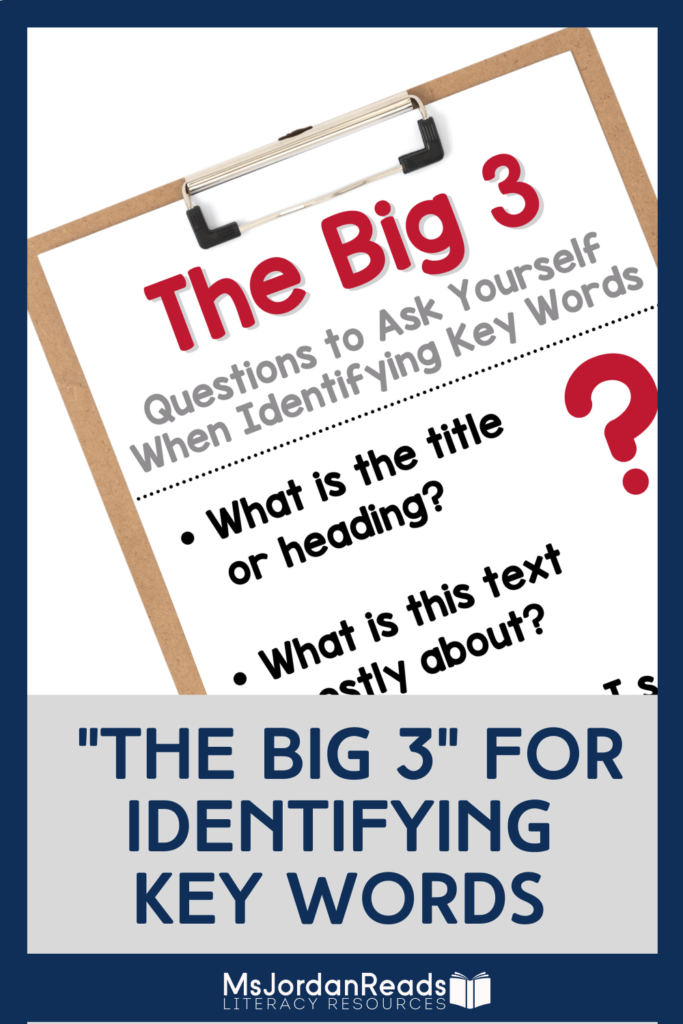
I always model this step and use a think aloud to show them how I use the guiding questions to identify words. Content vocabulary words that are repeated throughout a section, as well as titles and headings, are often a good place to start since those are usually connected to the big ideas of a section/chapter.
The second part within this step is for students to narrow down their words. This part is the most challenging, as students need to determine importance, prioritize information, and connect key words to the main idea.
When first introducing this strategy with my reading groups, we share our word lists aloud and compile them into a larger list. We then look at the words one at a time. If more than one student chooses a specific word, we discuss why it’s important and if it should stay on the list. For all other words, students have to explain the reason they chose the words (which helps me see their thinking process), and we work together to slowly narrow down our list by crossing words out. The goal is to narrow the list down so only FIVE remain.
If students are having a difficult time paring down their brainstormed word list or deciding what’s “most” important, I use the following guiding questions to help them. Students can ask themselves the following questions for each word:
- Is this word important for understanding this chapter/section?
- Does this word connect to an important detail (vs. a supporting detail)?
- Could I leave this word out and still understand the chapter/section?
- Does this word connect to background information, examples, or extra details that could be left out?
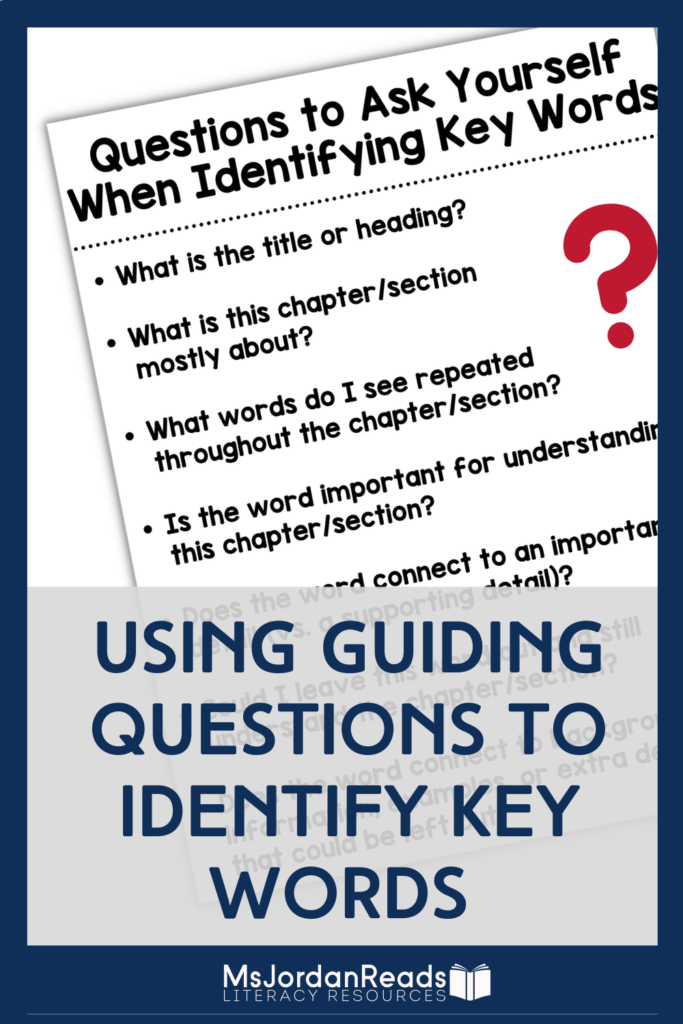
Step 2 – Writing a Key Word Summary
The next step is to “connect the dots” to create a key word summary. The goal is to piece together all five words to make a SINGLE key word sentence. It doesn’t matter the order of the words, but this key word summary sentence should include the key ideas and represent what the chapter/section is mostly about. If it doesn’t, I always have them go back to rework the sentence or identify words to add or take out.
When starting out with this second step, I always have students start in their notebooks so they can cross-out and shrink their summaries. The ultimate goal is for it to fit on a sticky note. The sticky note size forces students to “boil down” their summaries to include only the most important information.
I always model this with a think-aloud and show the students how I connect the words to create a key word summary sentence. After writing the key word sentence, I have the students go back and underline the key words in the summary sentences to check to make sure they included all of the ones they identified.
Practicing Key Word Summaries
Once students learn the process for identifying key words and creating key word summaries, you can use this strategy with any non-fiction text. Spiral in this strategy as a regular part of your guided reading lessons, or use it with Read, Stop, Think strategy to support active reading and check for understanding.
The goal is for students to apply this strategy independently as part of their natural strategic reading process, to support their comprehension and self-monitor for understanding. During reading, students can jot down quick key word summaries on sticky notes, complete key word graphic organizers, discuss key words with a partner, or use it as a note-taking strategy for research or content-specific texts.
Suggestions & Tips
- Model, model, model and then guide students through each step. Through scaffolding, you can build up students independence with this strategy!
- When hunting for keywords in a text, have the students highlight, circle, underline, or mark with sticky notes or sticky flags.
- Use titles and repeated content words as a guide for identifying key words! It really helps make this strategy more defined and explicit for student understanding and application. Repeated words can be color-coded and important words in titles can be starred, underlined, etc.
- Remind students that sometimes there will be less than five key words… and that’s OK!
Key Word Summary Extensions
- QR Code Summaries – Students create interactive QR code posters using the key word summaries for each section of a text.
- Key Word Visualizing – Students identify key words and then visualize the main points, integrating the key words in their illustrations.

